Gravel-specific tyres have exploded in availability in recent years, giving riders plenty of great options.
However, this can also make choosing a set to buy much harder and, unfortunately, there’s no perfect gravel tyre that can do everything without compromises.
In this article, we delve into the different kinds of gravel tyres and explain why optimising for one thing – be it speed, weight, puncture protection or grip – inevitably means compromising on something else.
With that in mind, we’ll show you how to pick the best gravel tyres for your needs and why, if you want to ride off-road year-round, you should consider having more than one set.
What is a gravel bike tyre?

Typically chunkier and knobblier than a slick and narrow road tyre, yet less beefy and aggressive than a mountain bike tyre, gravel bike tyres sit somewhere in the middle of the bicycle-tyre spectrum.
Having said that, as gravel riding has exploded in popularity, and has diversified from full-throttle gravel racing to multi-day dirt touring, the range of demands placed on the kit we use has become increasingly varied.
Naturally, tyre manufacturers have rushed to fill gaps in the market, and there are now a huge number of options available, with a range of styles and applications.
Some gravel tyres could be easily mistaken for road bike tyres, for example, while chunkier options with more tread share some overlap with the MTB world.
Most of these will fall into one of three major categories, however, which can act as a starting point for narrowing your choices.
Slicks and semi-slicks

Featuring the least defined tread, these tyres are most analogous to road bike tyres.
These prioritise speed over grip, and are sometimes referred to as all-road tyres. They tend to range from a narrow 33mm (cyclocross width) up to around 38mm or 40mm.
Examples include the Challenge Strada Bianca, Teravail Rampart and the Rene Herse Barlow Pass.
You can still find wider, higher-volume options too, often called fat slicks or big slicks. These are typically intended to add more comfort into the equation by enabling you to run a lower tyre pressure.
Examples include the Schwalbe G-One Speed and the GravelKing Slick TLC.
Mixed terrain
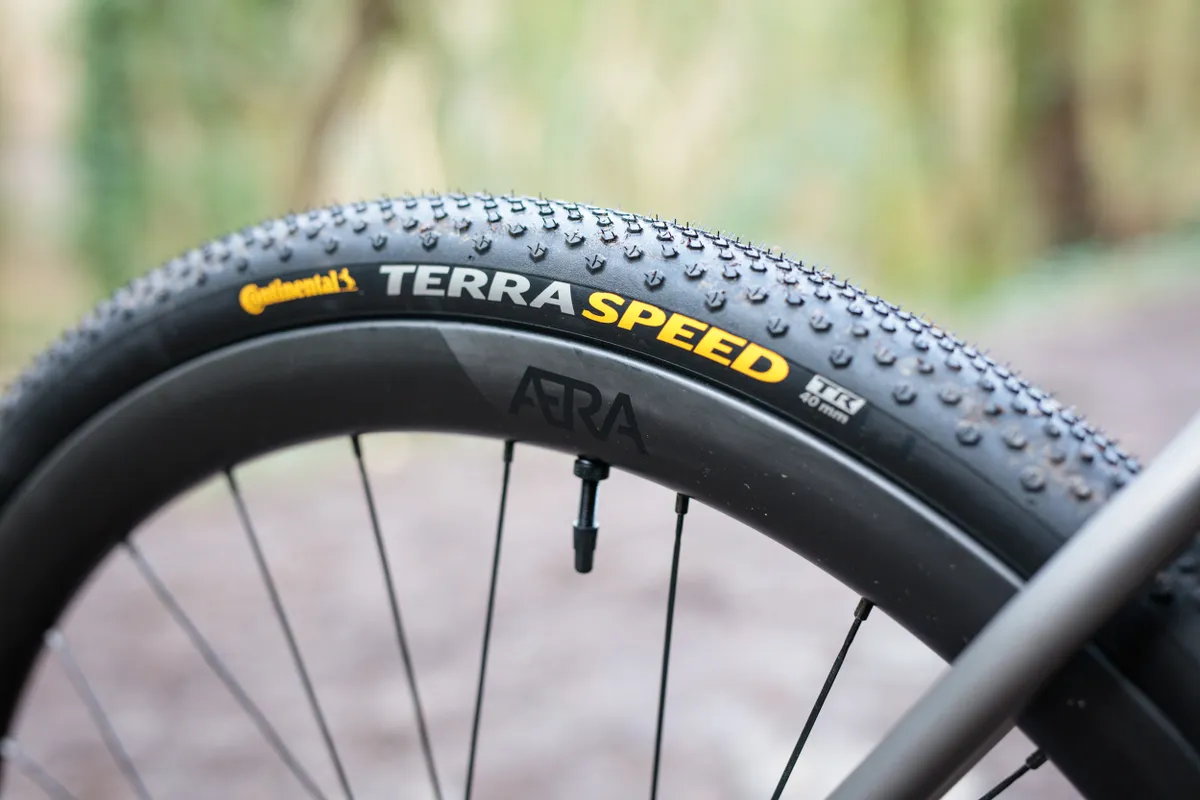
These tyres fall in the middle ground and tend to be best for all-purpose off-road riding in good conditions, balancing speed and grip.
Most often available in sizes around 40mm, they’re neither too narrow to limit off-road confidence, nor so wide and heavy as to slow you down too much on linking tarmac.
There are many examples in this popular category, including the WTB Nano, Continental Terra Speed, Pirelli Cinturato Gravel M and the Schwalbe G-One Overland.
Within this category, you’ll find more general-purpose tyres, as well as those positioned for racing, which are often a little lighter and faster-rolling, such as the Schwalbe G-One RS and Vittoria Terreno Dry.
Mud/winter tyres
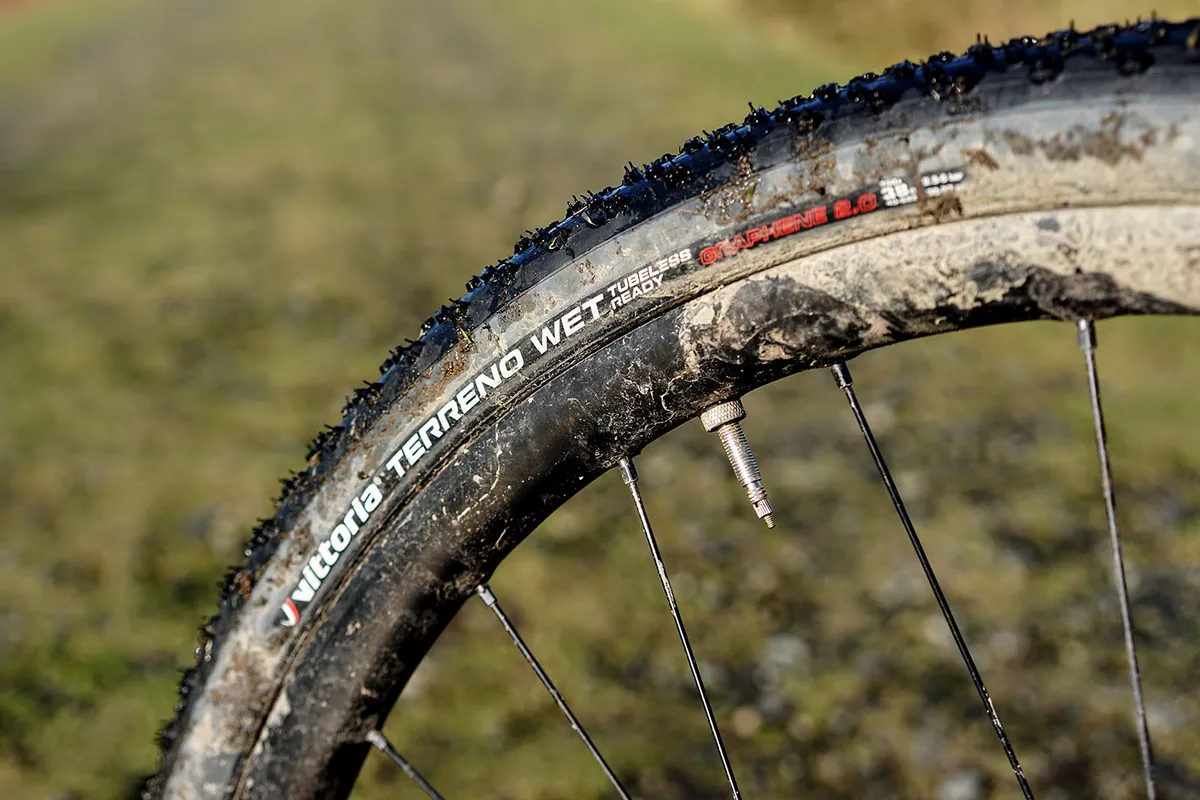
Just as you’ll have mud tyres for the wettest cyclocross courses or install a mud tyre up front on your mountain bike during the foul-weather months, it’s also wise to change your gravel tyres in the winter if you plan on riding through mud and in wet conditions.
Mud tyres typically feature an aggressive tread pattern with deep tread blocks, both of which help you to gain traction in the mud, plus siping (indented lines across the top of the tread blocks) to help shed water.
The downside of this additional grip is usually increased rolling resistance and weight, though many feel these are worthwhile trade-offs for the added grip and stability on offer.
A few examples include the Vittoria Terreno Wet G2.0, WTB Sendero or Resolute, Schwalbe G-One Ultrabite and Teravail Rutland.
Why choosing a gravel tyre is all about trade-offs
Rolling resistance and weight vs durability
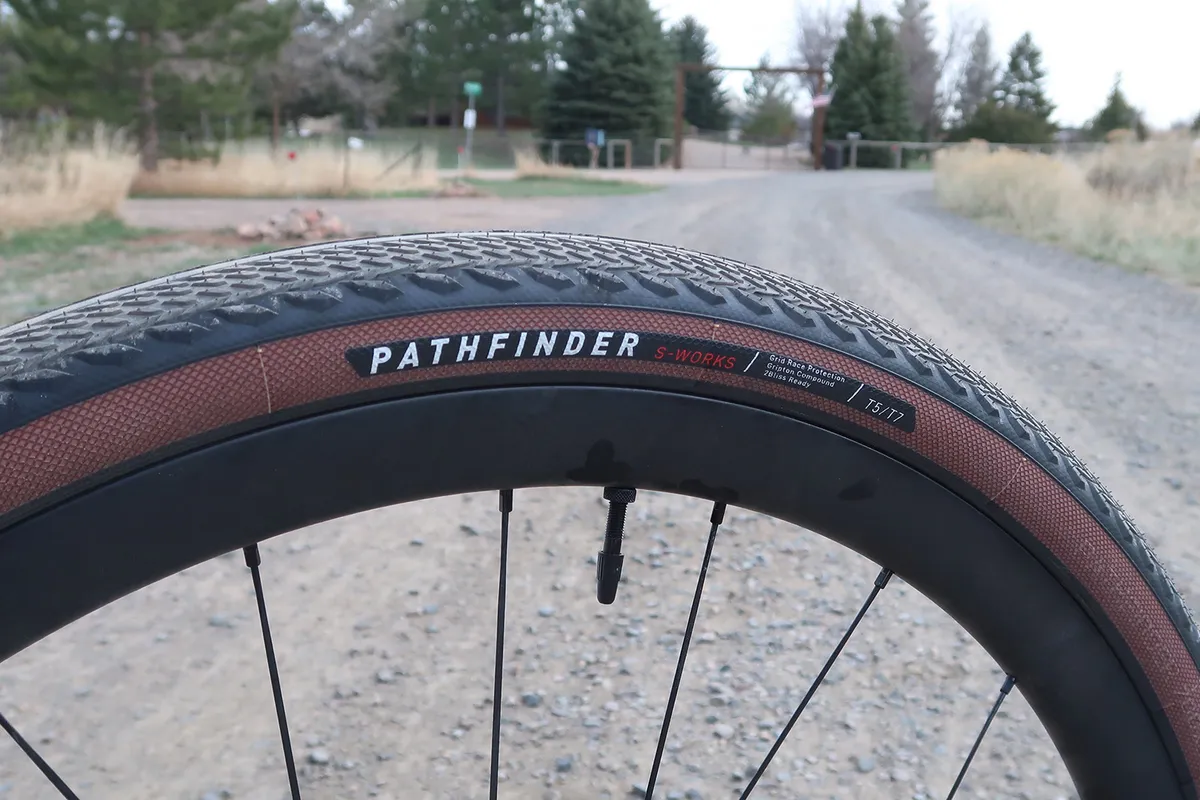
Rolling resistance describes the energy lost as a tyre rolls across a surface, predominantly due to the deformation of the tyre and friction between the terrain and tread.
The level of rolling resistance a tyre has can be attributed to a number of factors, including the design of the tread, width of the tyre, tread compound, tyre construction and tyre pressure.
Largely speaking, though, the more aggressive a tyre’s tread, the higher the rolling resistance, whereas more minimalist gravel tyres will – all else being equal – roll faster on roads or hard-packed gravel.
That’s not the end of the story, though. If you only optimise your gravel tyre choice for the lowest rolling resistance possible, you’ll compromise on durability and puncture resistance.
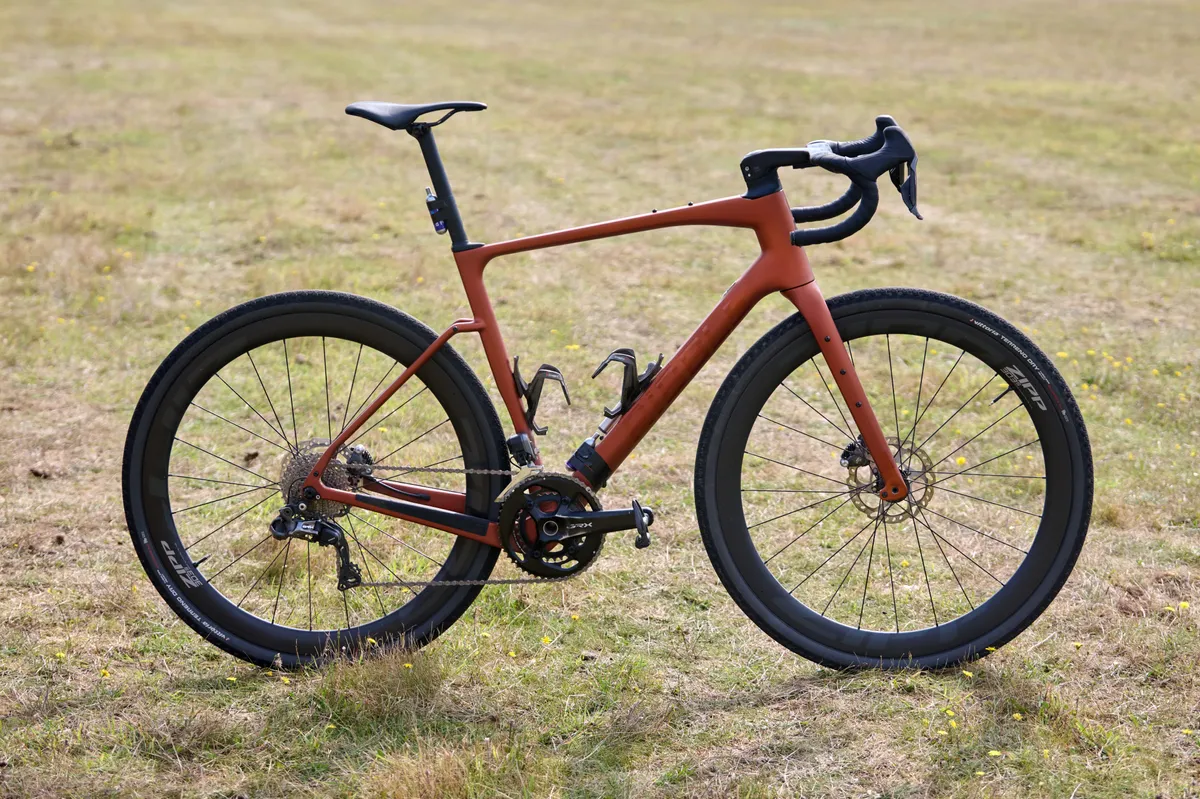
“When it comes to choosing a gravel tyre, my number one priorities are grip and durability,” explains Girona-based gravel privateer and BikeRadar contributor, Joe Laverick.
“Of course, rolling resistance is very important, but I’d rather have a tyre with slightly more durability than a lower rolling resistance, simply because the time I’d save from a lower rolling resistance, you’d quickly lose if you punctured.”
Laverick shared his tyre choice as an example. Despite racing at an elite level, he typically opts to use the standard Specialized Pathfinder tyres, in a size 700x42mm, rather than the lighter, faster (and pricier) S-Works edition.
The level of durability required is likely to dictate your tyre choice, too; heading somewhere remote on a multi-day bikepacking trip or riding in an area with flint geology, such as Kansas, might make you opt for tyres with higher levels of puncture protection, even if this results in a heavier tyre with a higher rolling resistance.
Fellow gravel privateer Maddy Nutt echoes Joe’s thoughts. “Sometimes I get tyres that are slower but are less likely to puncture. For example, at the Migration Gravel Race in Kenya, that was four days and 650 kilometres, and the terrain was rough.”
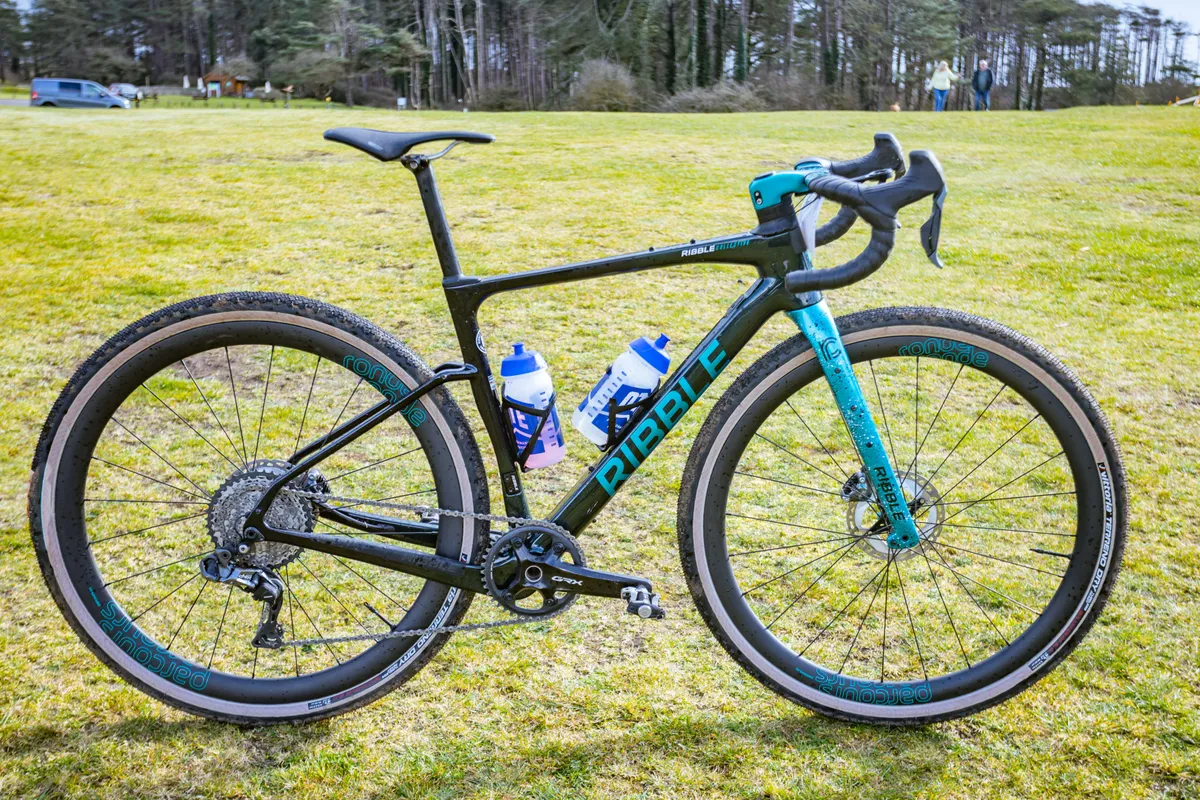
“For something like that, all I care about is puncture resistance so I lose no time faffing with punctures.”
Of course, if you know the parcours of your gravel event will be forgiving, you may be able to get away with a lighter, faster tyre. As always, though, you’ll have to weigh up the potential risks and rewards.
When we checked out Maddy’s Ribble Gravel SL at the 2023 Battle on the Beach, for example, it was specced with 650 x 47c Vittoria Terreno Dry TLR tyres – a highly rated gravel tyre that offers a good balance of grip and speed, and enough durability to cope with the 45km course.
Ways to improve gravel tyre durability – do they work? What are the limitations and drawbacks?
Tubeless setup
The first and most obvious way to improve gravel bike tyre durability is to set them up tubeless.
This involves removing the inner tubes and replacing them with a liquid tubeless sealant, as well as tubeless-specific valves, rims and rim tape.
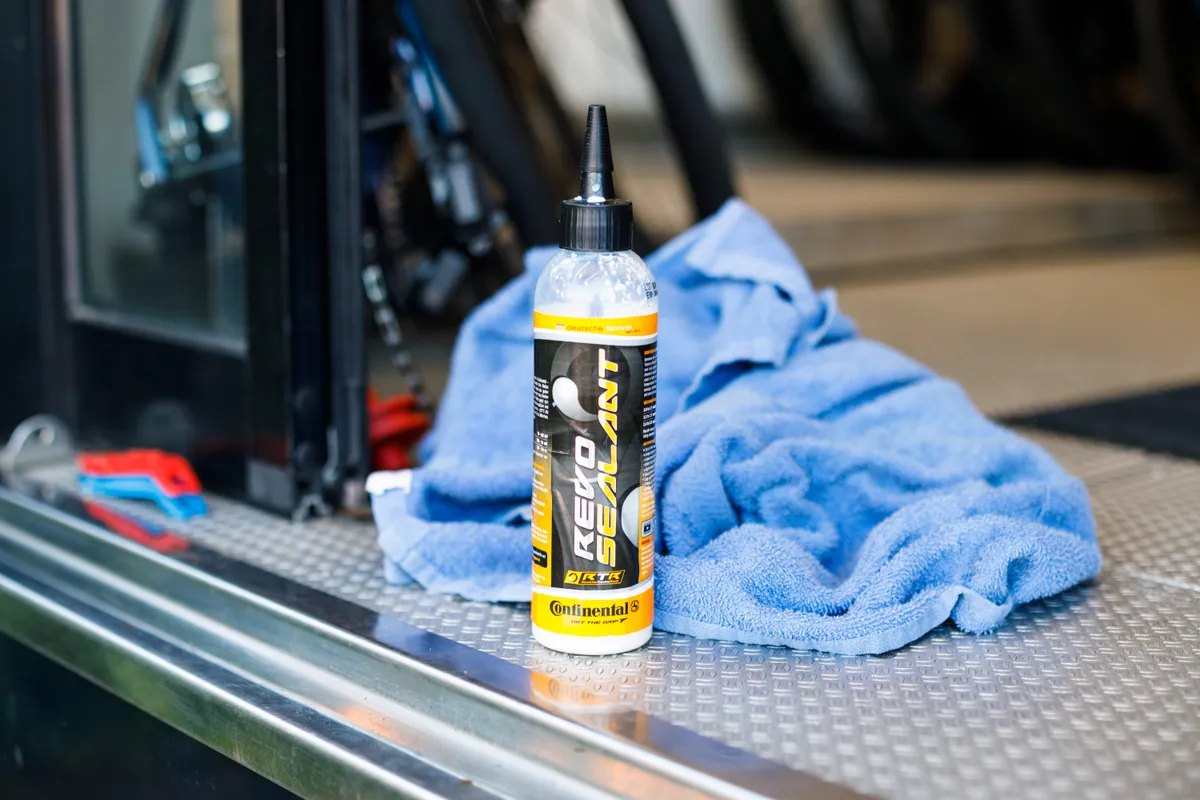
When you get a puncture, rather than piercing a hole in your inner tube, the sealant should flow to the punctured tyre and seal the gap, though it may need some assistance from a tubeless plug in cases where the puncture is too large or in an awkward position (such as on the sidewall) .
You may even get small punctures during your ride, but because they are sealed nearly immediately, you won't notice them, nor the small drop in tyre pressure.
On the flipside, on the rare occasion your tubeless setup goes wrong, it can sometimes go spectacularly wrong. Putting a spare inner tube into a tyre that’s had sealant in isn’t much fun, and nor is trying to wash the sealant stains out of your favourite riding clothes.

A tubeless setup also enables you to run lower tyre pressures, yielding greater grip and comfort, because you don’t have to worry about pinching the inner tube. Be careful, though, because you can still ‘snakebite’ through the tyre itself if you’re riding at pressures that are too low.
Getting your tyres set up tubeless certainly takes more effort – and equipment – than a setup with inner tubes, though with practice and the right tools (i.e. a good tubeless pump or canister), it doesn’t have to be a pain.
You’ll also need to keep an eye on the level of tubeless sealant in your tyres because it will dry up over time – you’ll need to top up every three to six months.
Tyre inserts
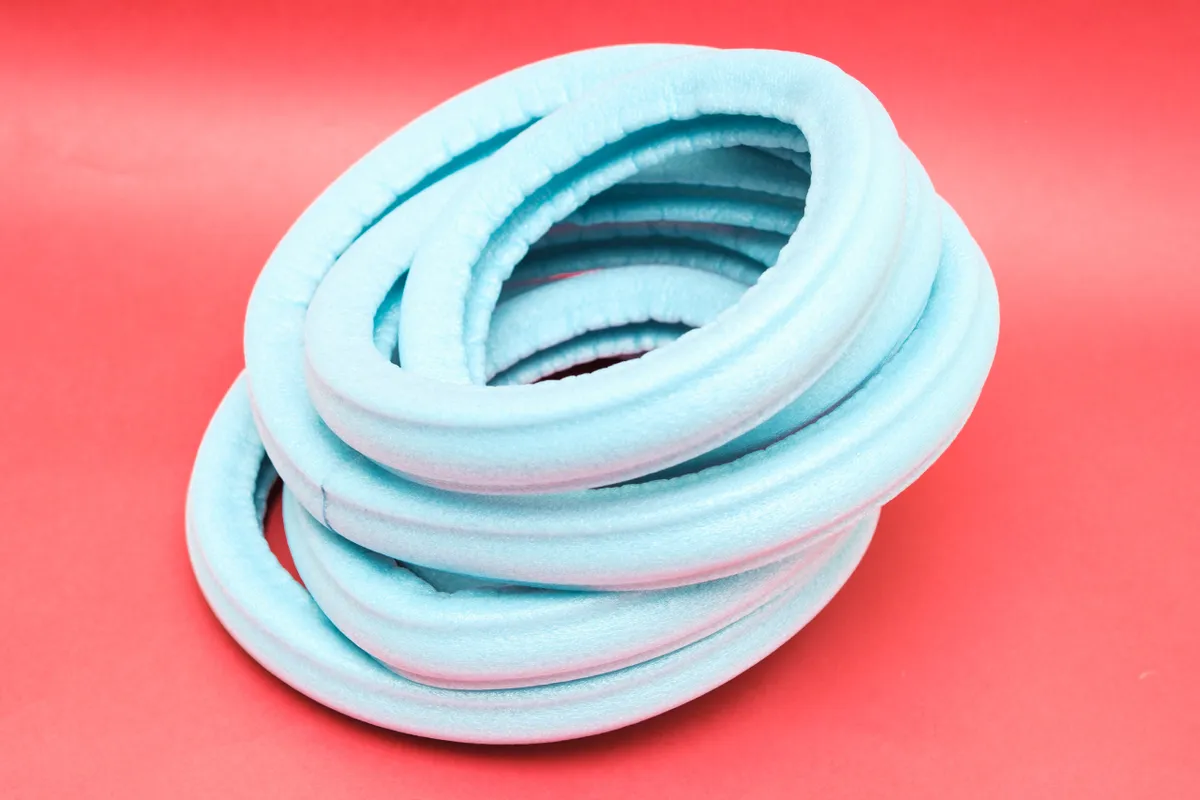
Fitting your tubeless tyres with tyre inserts is growing in popularity, and is another technology that has been passed down from the MTB industry.
These foam hoops, such as the Vittoria Air-Liner Gravel, sit inside the tyre with the tubeless sealant and act as a cushion between the tyre and the rim of the wheel.
Although they’re typically designed to help prevent damage to both the tyre and rim in the case of rock strikes, many also offer increased support for your tyre sidewalls at lower pressures, which can improve handling.
Nutt, who has been a tyre-insert convert for the past two years, says: “I noticed one time in a race when another girl hit a rock and I also hit it, she punctured and I didn’t.”
“I think my inserts gave me that extra layer of protection that meant I didn’t puncture, as I definitely felt the tyre compress.”
Speed vs grip
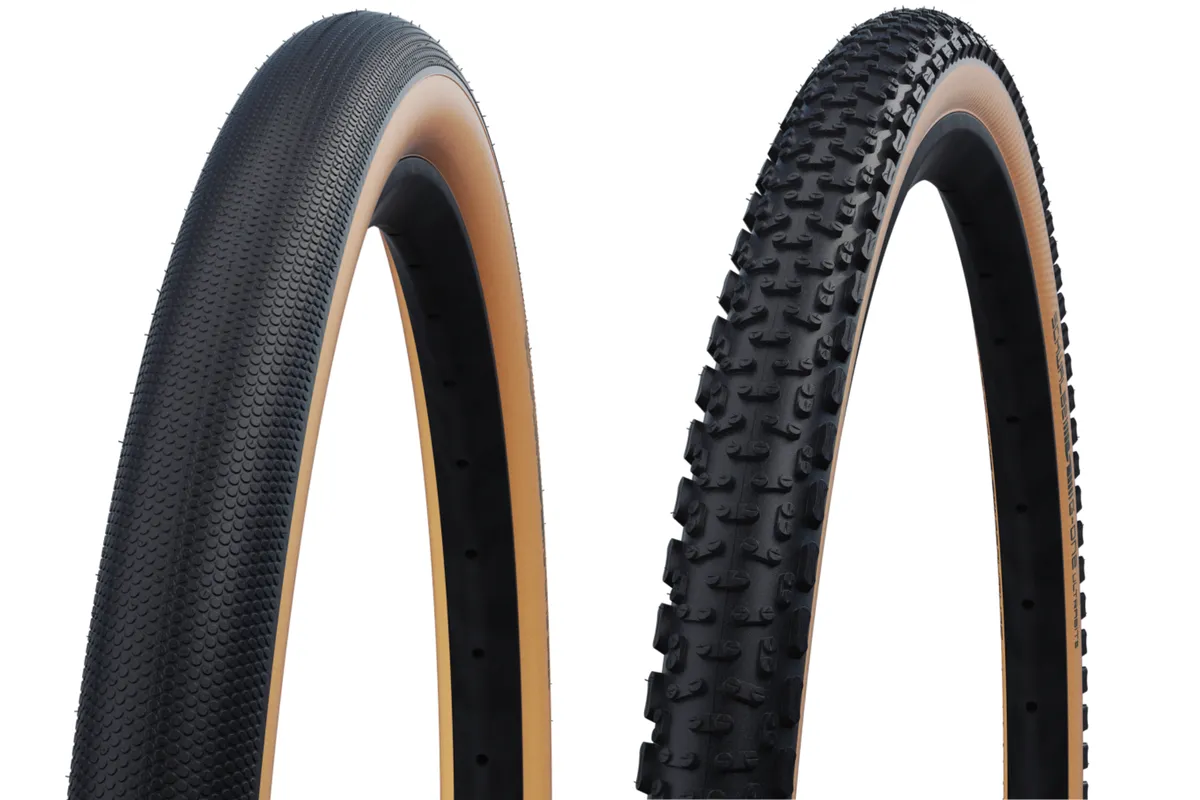
Your choice of tread pattern can make a big difference to how fast or grippy your tyres will be. Slicker tyres are generally designed to prioritise speed, whereas more heavily treaded tyres offer more grip off-road.
For many, the compromise between speed and grip leads them to choose a tyre that sits somewhere in the middle of the range.
“How fast the tyres roll is really important, especially for racing,” Nutt says, “but I also care about the tread pattern and how it’s going to be in terms of descending off-road, and how comfortable I’ll feel off-road. I don’t want to have any instances where I feel I’m slipping.”
Many racy gravel tyres have zoned areas of tread, with a slicker centre line for straight-line speed flanked by tread blocks on the shoulders for increased cornering grip on loose ground.
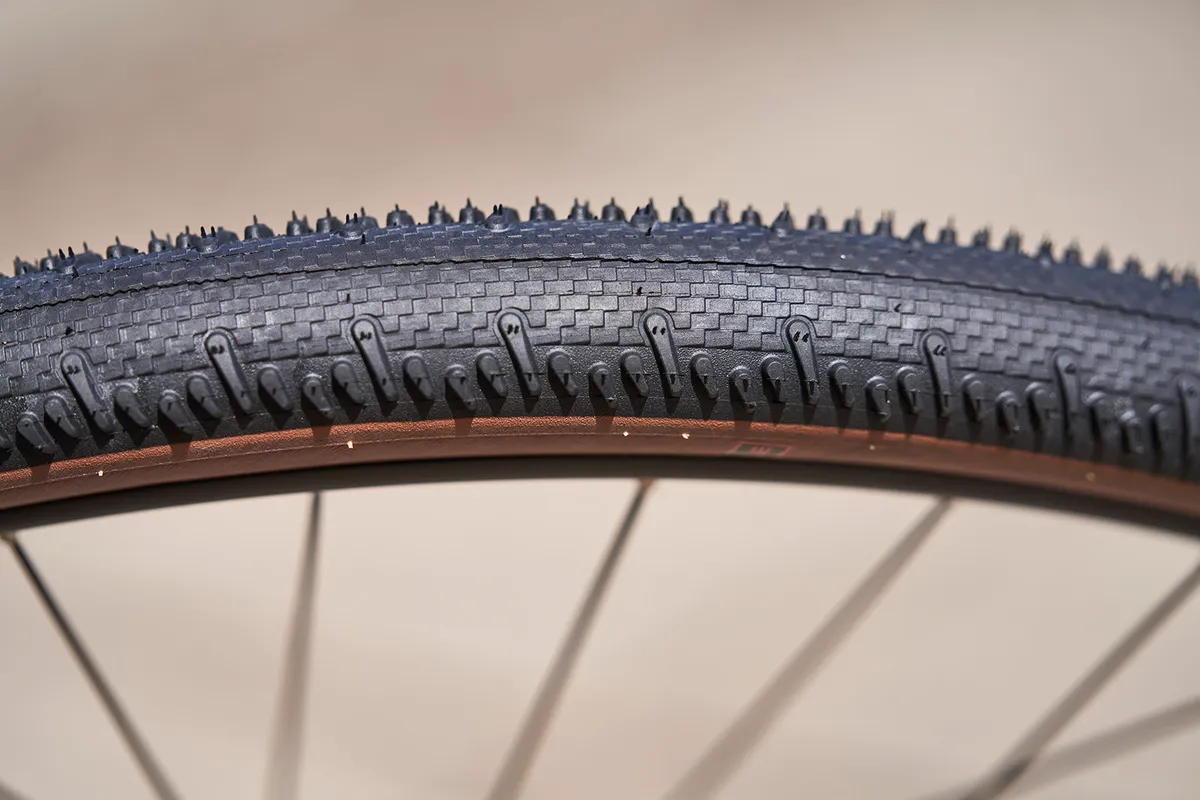
The optimal choice of tread pattern will also depend on the terrain you’re tackling. If you spend most of your time on tarmac with only a few sections on easy gravel paths, you could likely benefit from a slicker tyre.
In contrast, if you spend more time off-road, especially in mixed conditions, you’ll likely appreciate the additional grip a more aggressively treaded tyre brings.
Beyond tread, it’s worth noting the rubber compound used also makes a big difference to speed and grip, but you won’t be able to determine the quality of a tyre’s tread compound just by eyeballing it.
For that kind of information, you’ll need to check out independent test sites such as www.bicyclerollingresistance.com.
Summer vs winter ‘gravel’
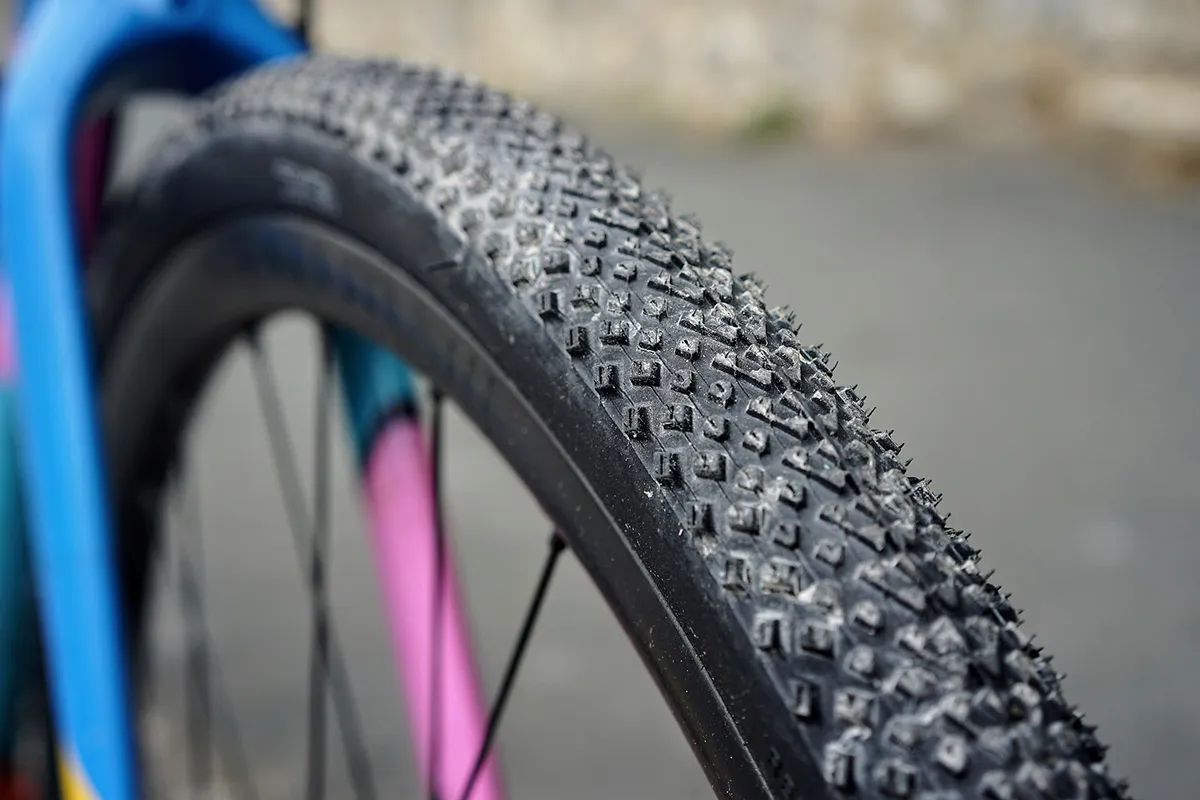
If your riding is more on ‘mixed terrain’ rather than pure gravel roads, and you live somewhere with a seasonal climate, this will certainly affect you.
After a few weeks of rain, even the dustiest of hardpack trails can turn into muddy quagmires, and the rubber requirements for both are very different indeed.
Sure, you could run winter tyres year-round to ensure you have enough grip for the sloppier months, but you’ll end up wasting energy when riding in the dry.
Likewise, if you keep your slick summer tyres on during a muddy winter, you’ll likely find yourself slipping and sliding all over the place.
If you regularly ride in wet conditions, then, look for gravel tyres that feature siping on the tread blocks to help shed water away from the tyre, improving wet-weather grip.
How often should you consider swapping your gravel tyres?
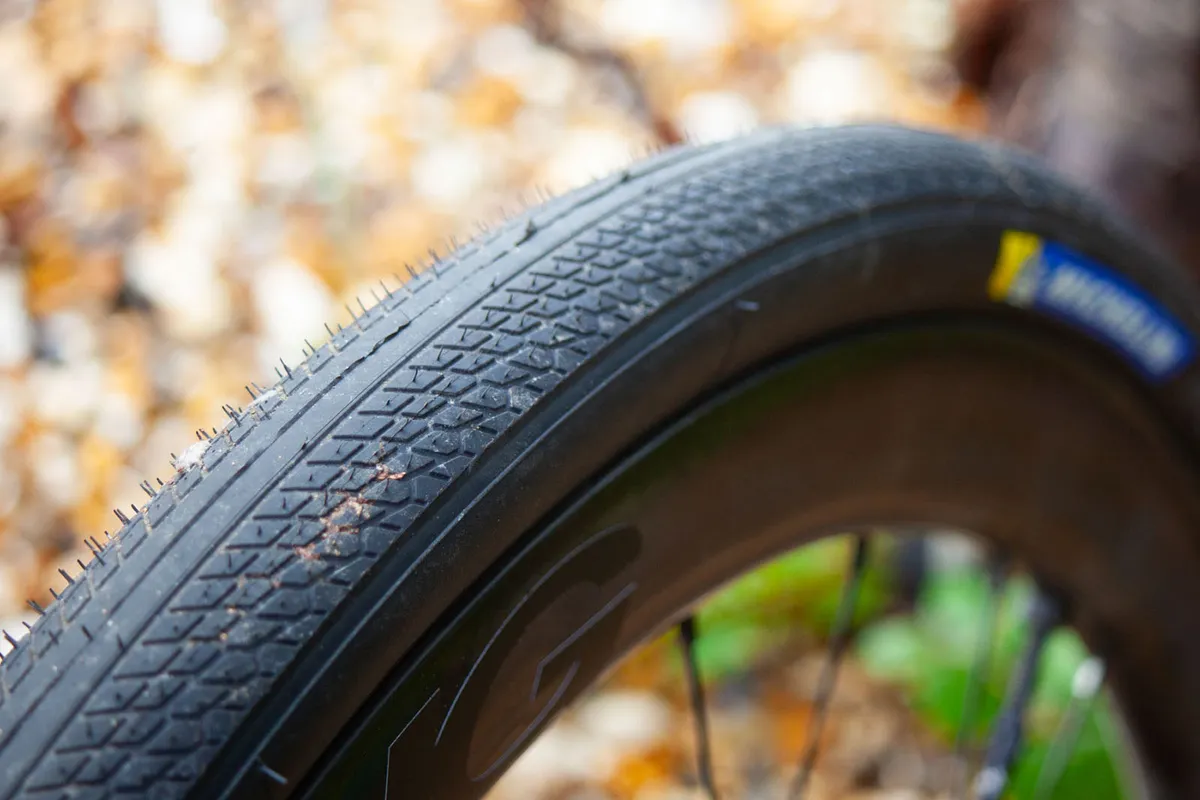
Besides replacing them due to wear, you might want to swap out your gravel tyres for a different model for a number of reasons.
Different weather conditions, terrain, or even the increased demands of an important event or race, all offer potential reasons to change what you’re running.
Perhaps surprisingly, though, Maddy and Joe both said they tend to stick to their tried-and-tested models rather than switching out their rubber too often.
Nevertheless, there are plenty of other gravel riders and racers who are keen to match their tyre choice to differing events and conditions.
How often you change tyres is, ultimately, a personal choice, though it will also depend on what facilities you have for switching tyres – especially if a tubeless setup is required – and how confident you are in doing so. Not to mention the cost of trying many different tyres.
Conclusion
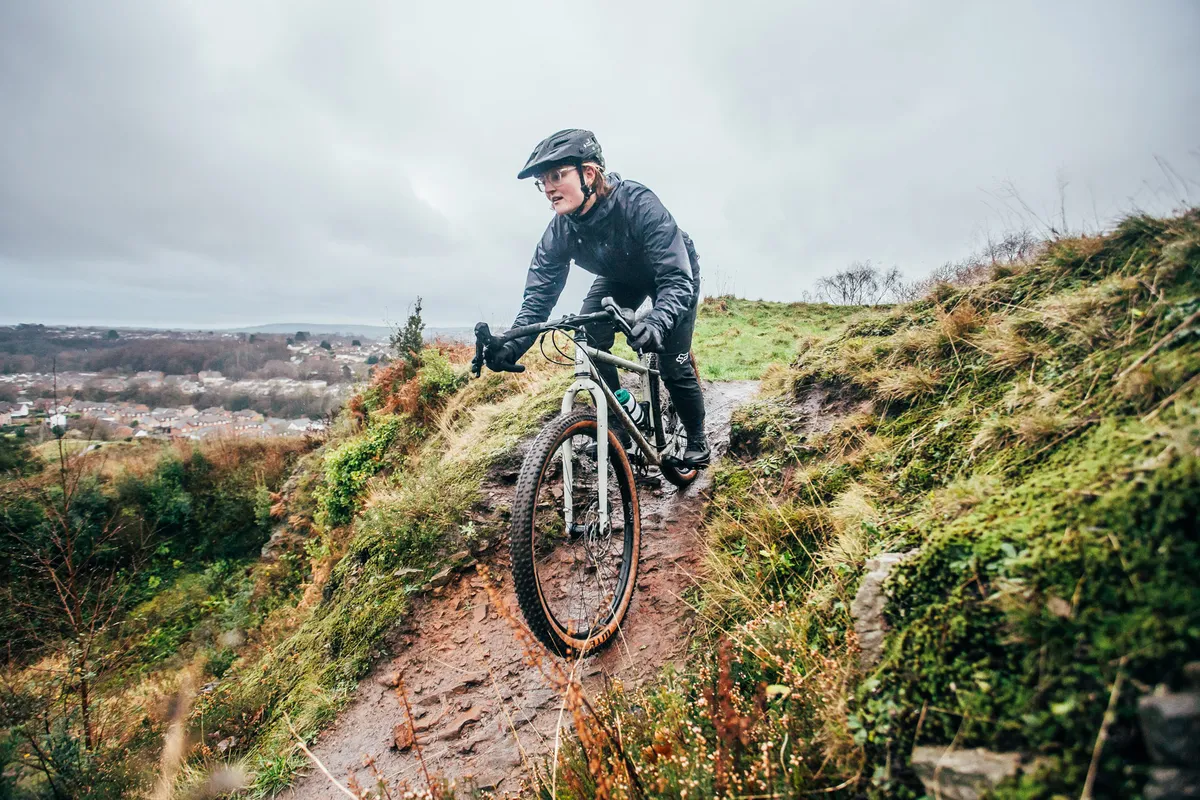
Joe Laverick sums up the gravel tyre dilemma nicely: “If you ask 10 different people their gravel tyre recommendations you will get 10 different answers. One person’s favourite is the next person’s least favourite; one person’s tyre they never puncture is the next person’s bogey tyre, which punctures the minute they leave the door.”
‘Gravel’ is a broad church and can mean different things to many different folks around the world, across a multitude of different terrain types. Thankfully, there’s a burgeoning number of brands and models to choose from when it comes to kitting out your gravel wheels.
If you’re new to gravel riding, choosing a mid-range all-rounder gravel tyre is probably a good start, and you can then see how you get on from there.
Don’t be afraid to ask what other local riders are using and get recommendations based on your terrain and conditions.
I tend to run a grippy but not excessively wide winter gravel tyre through the worst of the winter and a mixed-terrain tyre through the rest of the year. I’d much rather have a little too much grip, even on the drier days, knowing that we’re never too far away from a deluge here in the UK (even in the summer).
Having said that, I also enjoy hitting up some tamer gravel tracks on my road bike with tubeless 32mm Continental GP5000s, which can also do the trick pretty well considering they’re lightweight tyres designed for road racing.





